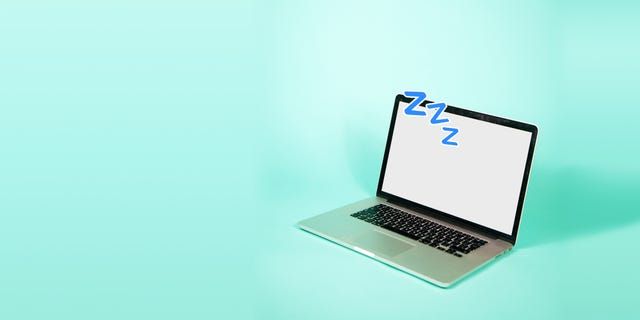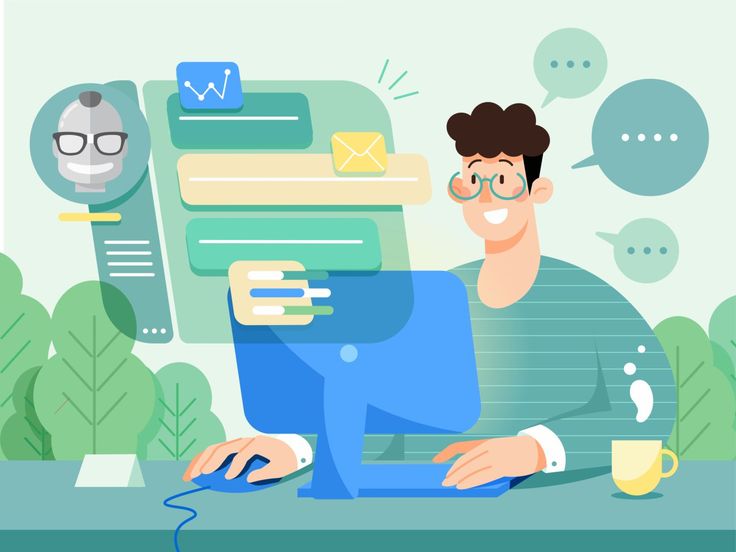You know that feeling when you finish a day packed with video calls and your brain feels like it’s been through a blender? When the thought of opening Zoom for one more meeting makes you want to hide under your desk? That’s not just you being antisocial; it’s Zoom fatigue, and it’s backed by actual science.

The irony is brutal. Technology that was supposed to make remote work easier has created its unique form of mental exhaustion. But here’s the good news: once you understand why video calls drain you so much, you can fight back with targeted strategies that work.
Why Your Brain Hates Video Calls (The Science Behind the Suffering)

Cognitive Overload in Real Time
Your brain is constantly processing way more information during video calls than in-person meetings. It’s simultaneously:
- Analyzing micro-expressions on multiple faces
- Processing audio delays and quality issues
- Managing your appearance and background
- Dealing with unnatural eye contact patterns
- Filtering out technical distractions
Research from Stanford University found that our brains work significantly harder during video calls because we’re forced to focus intensely on faces for prolonged periods, something humans didn’t evolve to do.
The Mirror Effect
That little window showing your own face? It’s like having someone hold a mirror in front of you all day. Studies show that seeing yourself constantly triggers self-evaluation and anxiety, creating mental fatigue that doesn’t exist in face-to-face conversations.
Reduced Mobility = Reduced Energy
In normal meetings, you can shift position, walk around, or use natural body language. Video calls trap you in a small frame, reducing the physical movement that helps your brain stay alert and engaged.
The Developer’s Dilemma: When Code Reviews Meet Camera Anxiety
As developers, we face unique Zoom fatigue challenges:
Screen Sharing Stress: Constantly switching between presenting your code and monitoring participants’ reactions creates cognitive whiplash.
Technical Multitasking: Running IDEs, terminals, Zoom, Slack, and browsers simultaneously while maintaining social presence is mentally exhausting.
Asynchronous Communication Loss: Those quick desk-side debugging sessions are now scheduled as 30-minute meetings with formal agendas.
Imposter Syndrome Amplification: Being on camera while discussing complex technical concepts can heighten feelings of being judged or found out.
Tactical Strategies to Reclaim Your Energy
Meeting Hygiene Essentials
The 25/5 Rule
Schedule 25-minute meetings instead of 30, 50-minute meetings instead of 60. Those extra minutes give you bathroom breaks, coffee refills, and mental resets that prevent fatigue from compounding.
Audio-First Meetings
Not every meeting needs video. Try these guidelines:
| Meeting Type | Video Recommendation |
| Daily standups | Audio only |
| Code reviews | Video for presenter, audio for others |
| Brainstorming sessions | Video encouraged |
| 1-on-1s | Video recommended |
| Large team updates | Audio only for attendees |
| Technical deep-dives | Screen share + minimal video |
Hide Self-View
This is a game-changer. In Zoom settings, enable “Hide self-view” to eliminate the mirror effect. You can still see others, but you’re not constantly monitoring your own appearance.
Physical Environment Optimization
The 20-20-20 Rule Enhanced
Every 20 minutes, look at something 20 feet away for 20 seconds. But add a twist: stand up and move for those 20 seconds. Set a subtle phone timer if needed.
Lighting That Works for You
Good lighting reduces eye strain and makes you feel more confident:
- Position your main light source in front of you, not behind
- Use a desk lamp aimed at the wall behind your monitor (indirect lighting)
- Consider a ring light if you’re on camera frequently
- Natural light is best, but avoid sitting directly in front of windows
Camera Positioning
Place your camera at eye level. Looking up or down at the camera all day strains your neck and creates unflattering angles that increase self-consciousness.
Energy Management Throughout the Day
Meeting Clustering vs. Spreading
Clustering Approach: Batch meetings into specific time blocks (e.g., 9-11 AM and 2-4 PM), leaving longer stretches for deep work.
Spreading Approach: Distribute meetings throughout the day with substantial breaks between each.
Try both for a week and see which works better for your energy levels.
The Walking Meeting Revolution
For meetings where you don’t need to share screens:
- Use phone audio instead of computer
- Walk around your house/office
- Take notes on paper or voice memos
- Return to the computer only if screen sharing is needed
Studies show that walking meetings increase creative output by up to 60%.
Strategic Camera Breaks
During long meetings, it’s okay to say, “I’m going to turn my camera off for a few minutes to rest my eyes, but I’m still here and listening.” Most people understand and appreciate honesty.
Technical Solutions for Mental Relief
Zoom Settings That Save Your Sanity
In Zoom Preferences:
- General: Enable “Ask me to confirm when I leave a meeting.”
- Video: Disable “Always display participant names on their video.”
- Video: Enable “Hide non-video participants.”
- Audio: Enable “Mute my microphone when joining a meeting.”
- Background & Filters: Use a simple virtual background to reduce visual distractions
Browser Extensions and Apps
- Zoom Scheduler: Prevents back-to-back meeting scheduling
- Time Zone Pro: Reduces mental load of calculating meeting times for global teams
- Focus apps: Block non-essential websites during meetings
- Blue light filters: Reduce eye strain during long video days
Alternative Communication Strategies
Async Video Messages: Use tools like Loom for code explanations that don’t require real-time interaction.
Voice-Only Calls: Suggest phone calls for discussions that don’t require screen sharing.
Collaborative Documents: Use shared docs for status updates instead of meetings.
Team-Level Solutions: Building a Fatigue-Aware Culture
Meeting Audit Exercises
Once a month, review your recurring meetings:
- Which could be emails instead?
- Which could be shorter?
- Which could be audio-only?
- Which could happen less frequently?
No-Meeting Time Blocks
Establish team-wide “deep work” hours where meetings aren’t scheduled:
- Common choices: 9-11 AM or 2-4 PM
- Respect these blocks religiously
- Use this time for coding, debugging, or asynchronous communication
Camera-Optional Policies
Make it clear that cameras are optional for most meetings. Create a culture where people feel comfortable saying, “I’m going camera-off today” without explanation needed.
Advanced Techniques for Heavy Meeting Days
Energy Accounting System
Track your energy like you track your code commits:
High Energy Required:
- Client presentations
- Technical interviews
- Conflict resolution meetings
- Creative brainstorming sessions
Medium Energy:
- Code reviews
- Planning meetings
- Team updates
Low Energy:
- Information sharing
- Status updates
- Routine check-ins
Schedule your day accordingly. Don’t stack high-energy meetings back-to-back.
The Power Pose Reset
Between meetings, spend 60 seconds in a power pose (hands on hips, feet shoulder-width apart, chin up). It sounds silly, but research shows it reduces cortisol and increases confidence.
Micro-Recovery Rituals
Develop a 2-minute routine between meetings:
- Stand up and stretch
- Take 5 deep breaths
- Drink water
- Look out a window
- Set intention for next meeting
Strategic Meeting Decline
Get comfortable saying no to meetings where:
- Your input isn’t essential
- The agenda is unclear
- It could be handled asynchronously
- You’re only invited “just in case.”
The Long Game: Building Sustainable Remote Work Habits
Weekly Energy Assessment
Every Friday, ask yourself:
- Which meetings energized me this week?
- Which meetings drained me unnecessarily?
- What patterns am I noticing?
- What can I change for next week?
Experiment with Meeting-Free Days
Some teams designate one day per week as meeting-free. Even if you can’t do a full day, try for meeting-free mornings or afternoons.
Invest in Your Physical Setup
Quality equipment reduces mental load:
- Good microphone (reduces strain from poor audio)
- Second monitor (reduces window switching)
- Comfortable chair (reduces physical fatigue)
- Proper desk height (reduces neck strain)
When to Seek Help
Zoom fatigue becomes a bigger problem when:
- You’re avoiding necessary meetings due to exhaustion
- You’re experiencing physical symptoms (headaches, eye strain, neck pain)
- Your work performance is declining
- You’re feeling isolated despite being “connected” all day
Consider talking to your manager about workload distribution or consulting with a mental health professional if remote work is significantly impacting your well-being.
The Reality Check

Here’s the truth: some level of video call fatigue is probably unavoidable in remote work. The goal isn’t to eliminate it but to manage it strategically so it doesn’t derail your productivity or well-being.
The most successful remote developers aren’t the ones who power through endless Zoom calls; they’re the ones who’ve learned to work with their energy instead of against it. They’ve built systems that protect their focus time, optimize their meeting engagement, and recognize that saying no to unnecessary meetings is a professional skill, not a character flaw.
Your brain is doing real work during video calls, even when it doesn’t feel like “productive” work. Acknowledging that effort and planning around it isn’t a weakness; it’s smart resource management.
Remember: The best remote workers aren’t the most available ones. They’re the most strategic ones.




